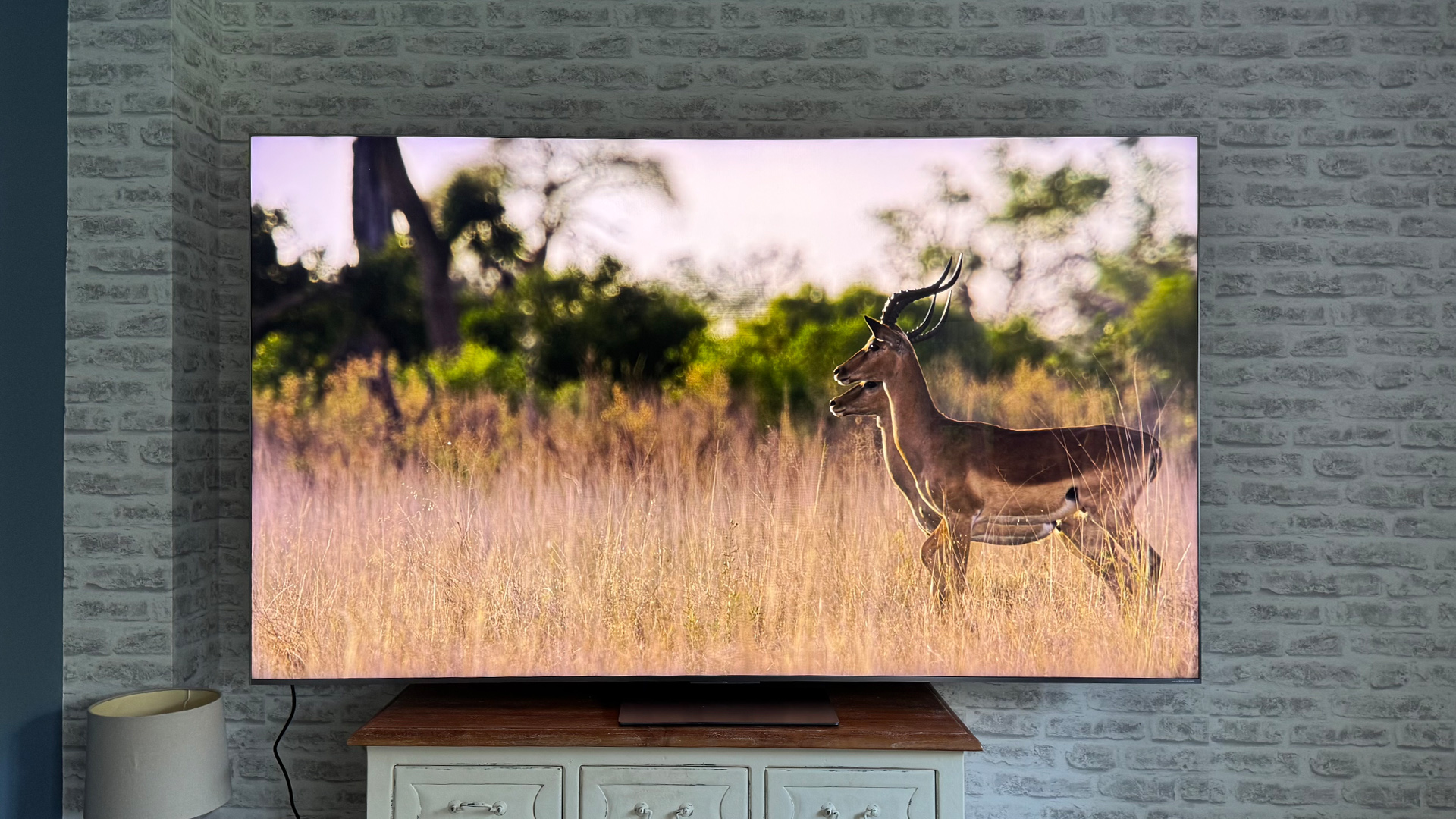The rise of small, complete hi-fi systems that are more accessible for newcomers is a great direction for the industry
With everything you need in the box, including cables
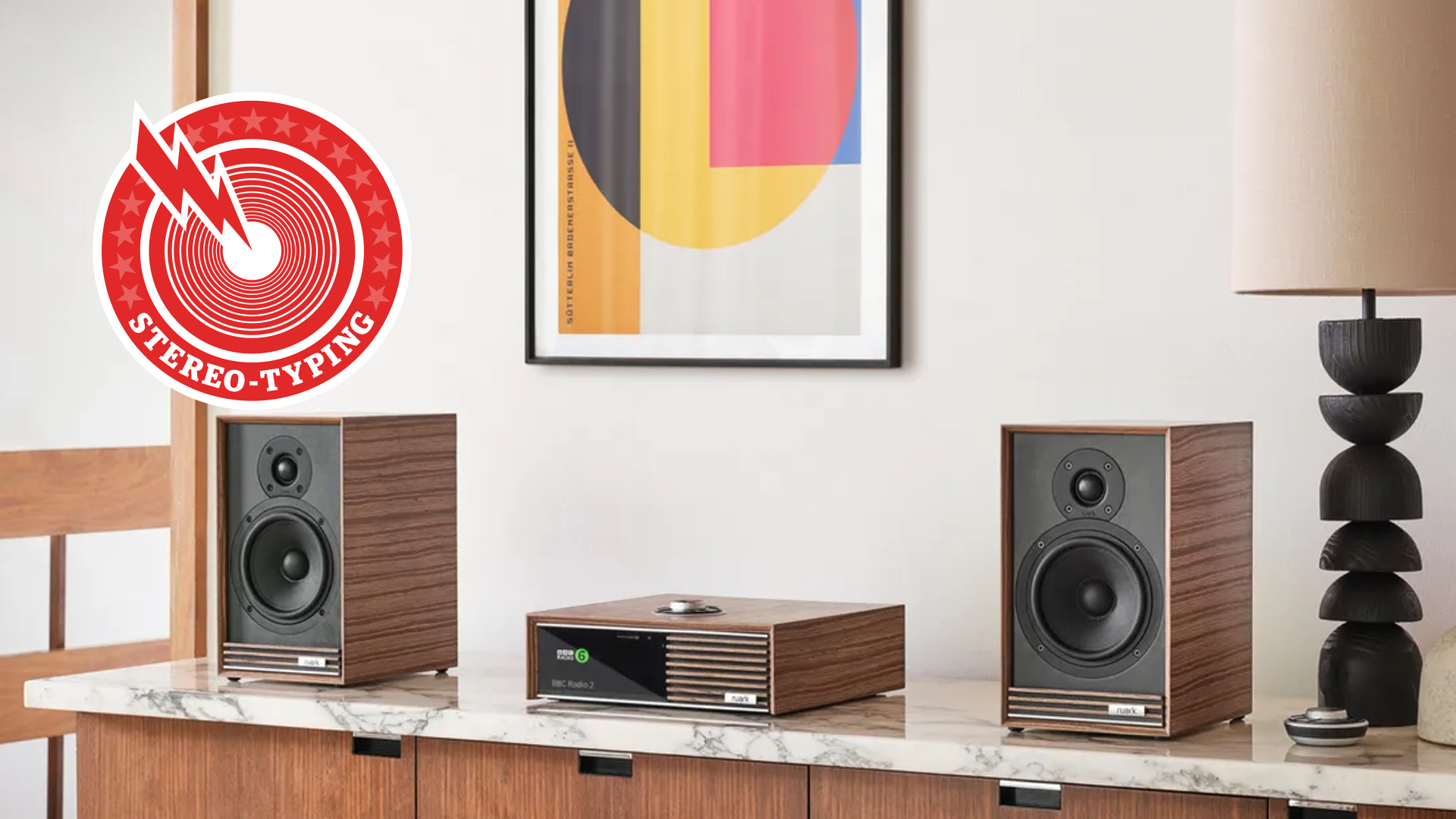
There is a small but significant change happening in the world of hi-fi right now. While traditional separates set-ups are still going strong, many manufacturers are now putting together complete systems that offer customers new to the world of hi-fi everything they need in one box, from all the components to even cables.
This may not feel like a particularly revolutionary endeavour (or even a new one), but it's one that has been missing in recent years. As brands are searching for ways to entice the next generation of hi-fi fans into the fold, I think this is a considered and inviting approach.
At the Bristol Hi-Fi Show earlier this year, I heard a refrain of "smaller systems in a box" being repeated in various rooms throughout the show weekend, with manufacturers feeling the urgent need to entice younger audiences to the world of hi-fi in a more appealing, beginner-friendly way.
You can't expect someone new to hi-fi separates to care about system matching and finding the cables straightaway. Not everyone is as keen about the minutae when starting on their hi-fi journey. Not everyone has the space these days for multiple large boxes, either.
And it would be wrong for us seasoned hi-fi fans to assume and insist this should be the case for anyone with a fledgling interest in good audio kit. I, my friends and so many of my colleagues would have started listening to music on a Walkman, Discman, an all-in-one stereo boombox picked from the Argos catalogue or similar. We didn't care about sampling rates or DSD files; we just wanted to listen to our music in the most accessible, space-saving (and affordable) way possible.
When unboxing the WiiM Amp Pro streaming amplifier recently, I was struck by how generous (and unusual) it was that all the interconnect cables you'll need – optical, RCA and HDMI – are included in the box.
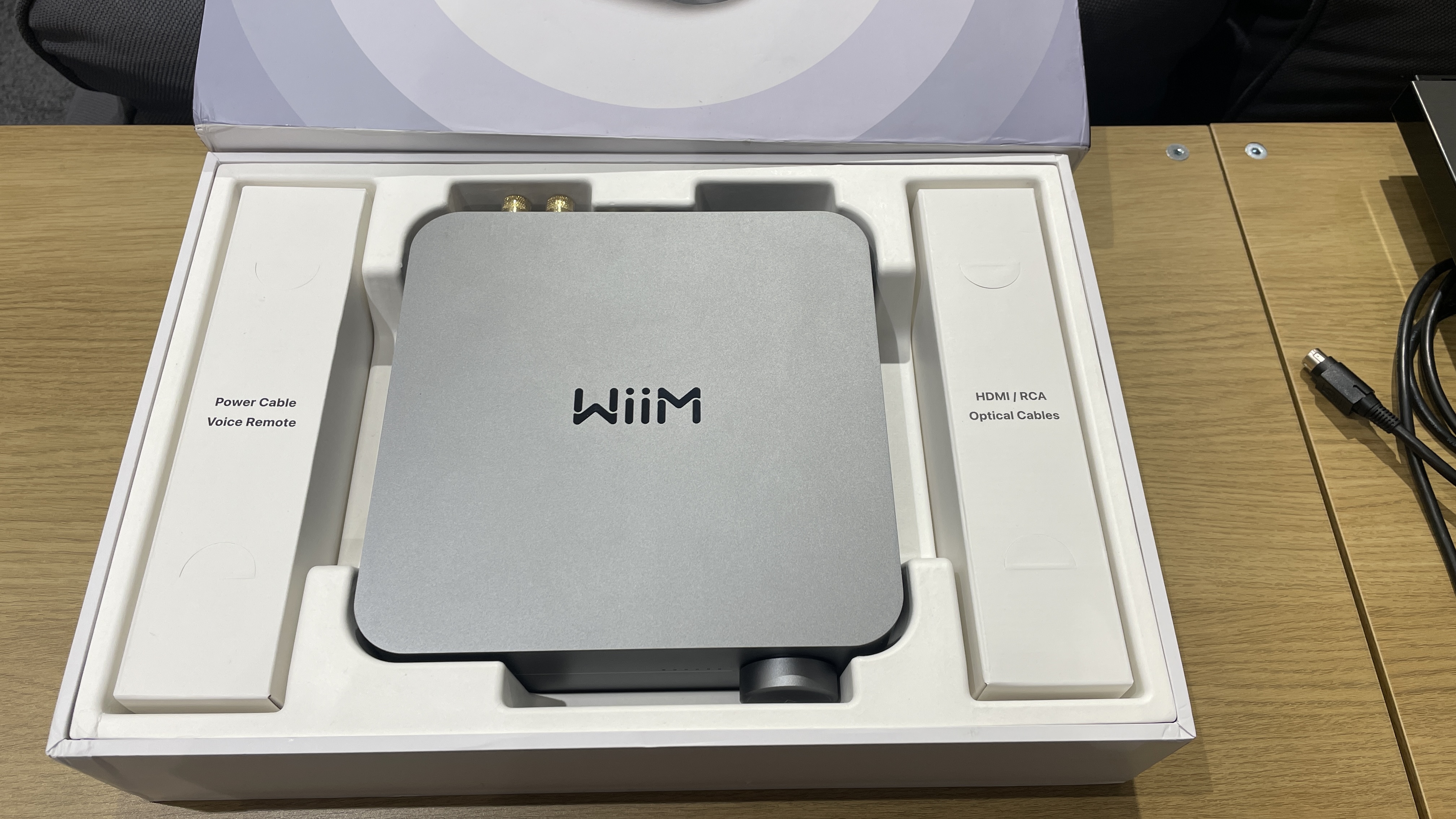
Some brands used to do the same in previous years, but we imagine it stopped being in vogue due to cost-cutting measures. There is also the notion that most hi-fi buyers will already have a box of spare cables, or will choose and buy their own cables separately (and perhaps even carefully match their new components).
The latest hi-fi, home cinema and tech news, reviews, buying advice and deals, direct to your inbox.
But what of newcomers to hi-fi, who are starting afresh and won't have a stash of tangled cables to dig into? Of course we want hi-fi fans to appreciate good kit and take an interest, but shouldn't we appeal to them without expecting them to know what an S/PDIF socket is from the start? Giving them a helping hand as they start their journey can go a long way, especially if we want help them graduate from that one-box wireless boombox.
It's not like this 'younger generation' isn't interested in enjoying higher quality music, especially in old-school physical formats. Just look at the ongoing popularity of vinyl and turntables – sales are continuing to rise year-on-year and people's interest (especially the younger generation, thanks to Taylor Swift, Chappell Roan, Sabrina Carpenter and more releasing their new albums on vinyl) in this pricey but enduring analogue format isn't abating.
The demand for hi-res and higher-quality streaming from Tidal, Qobuz, Apple Music (and even Spotify) is growing, too – so there is a genuine interest and demand for quality. Alongside this is the demand for instant access, for convenience, and for being able to listen to music without any barriers.
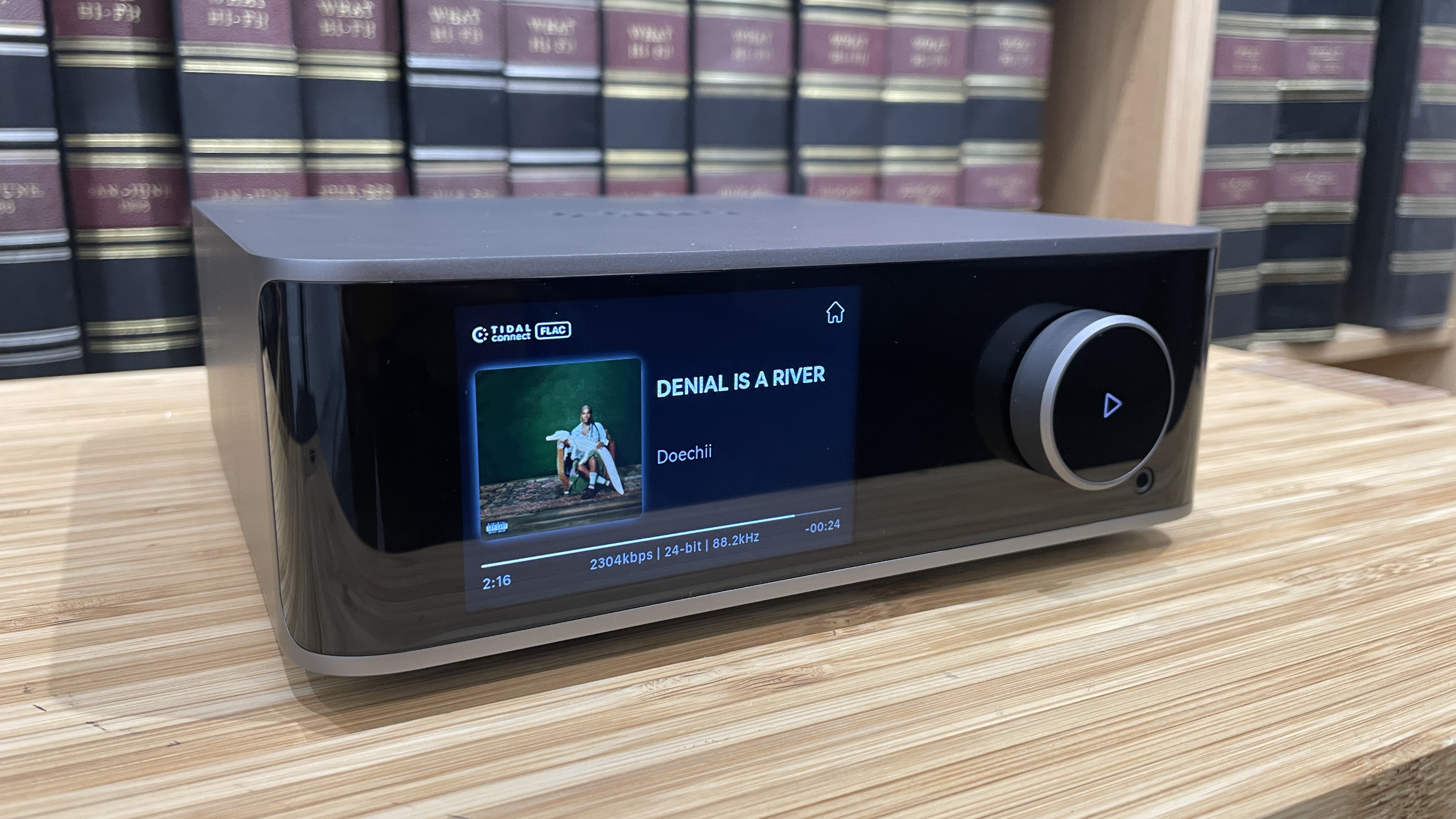
Newcomers to the industry like WiiM have also proven there is huge appetite for tech-laden separates components; they're just wrapped up in a more modern, consumer-friendly skin than the long, rectangular black boxes we've come to associate with hi-fi.
WiiM's affordable pricing and super compact form factor are a huge part of their appeal. I think its products are also a great example of eliminating barriers simply by offering all the cables and accessories you need in the box (for no extra cost), as I've encountered with the Ultra streamer and Amp Pro.
It means you can plug your new hi-fi product to your TV or turntable straight away – there's no delay or guesswork, you don't have to know the name of the connections, and if you don't need a specific cable right then, at least you have it spare for later.
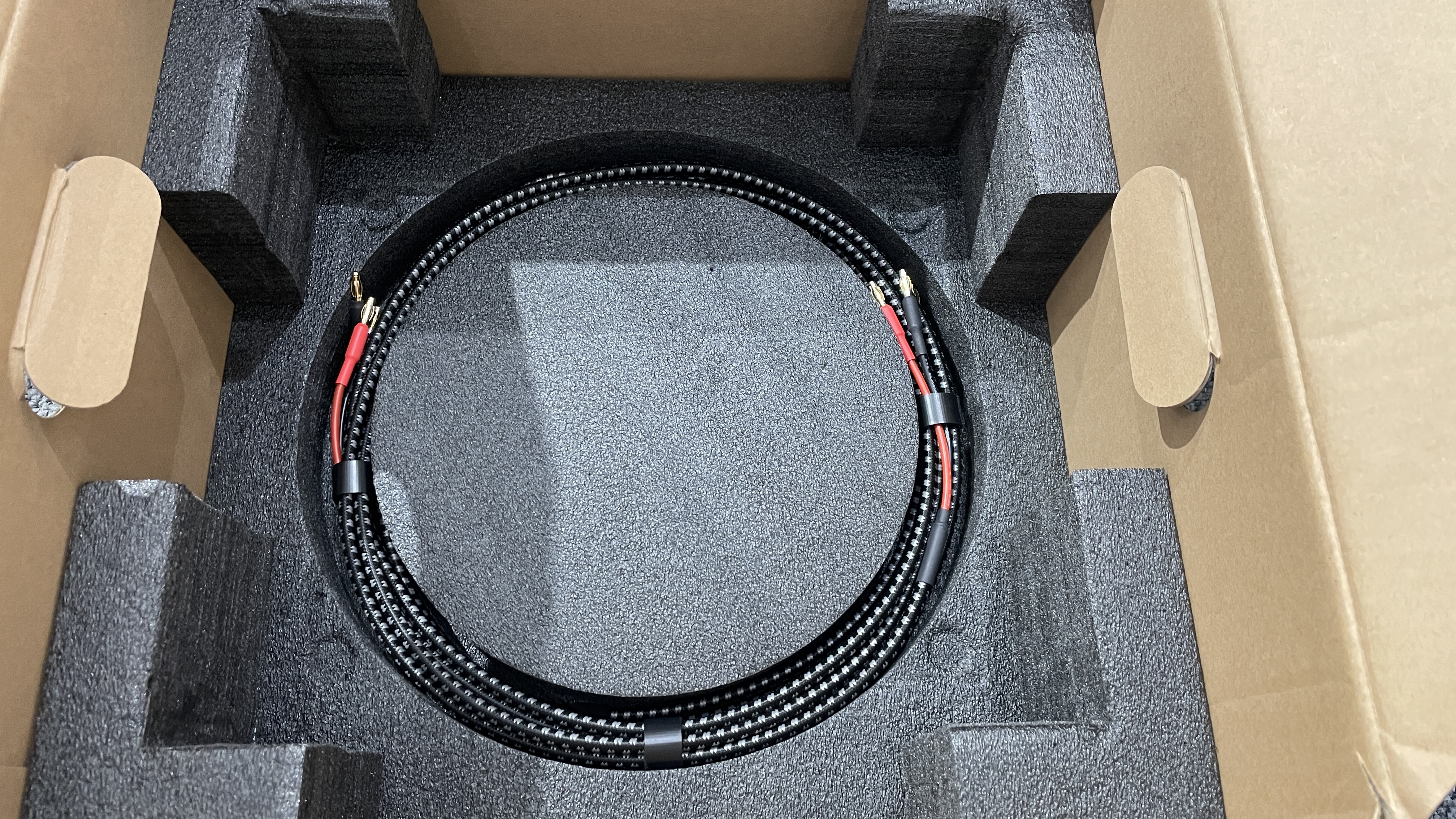
Ruark Audio is another brand that also wants to make it easy for younger generations to start their audio journey, or for parents to pass on their hi-fi to their kids.
The Ruark Sabre-R bookshelf speakers and R610 streaming amp can be purchased together as a complete system. It is compact and stylish, boasts all the modern streaming smarts as well as hi-fi heritage.
Unboxing the R610 uncovered a surprise: there were speaker cables included in the box. Now, I can't remember if I've ever seen speaker cables included with a hi-fi product, let alone a modern streaming amplifier. Even the cheapest speaker cables can get pricey once you add up the length you need (and times by two), so this is a great touch by Ruark.
And it makes perfect sense here; the compact R610 'music console' has network streaming, Bluetooth, Tidal/Spotify Connect and internet radio all included, so all you need to do is add a pair of speakers to complete the system. Bundling in a pair of speaker cables brings the customer closer to that ultimate aim: enjoying listening to your new stereo kit straightaway.
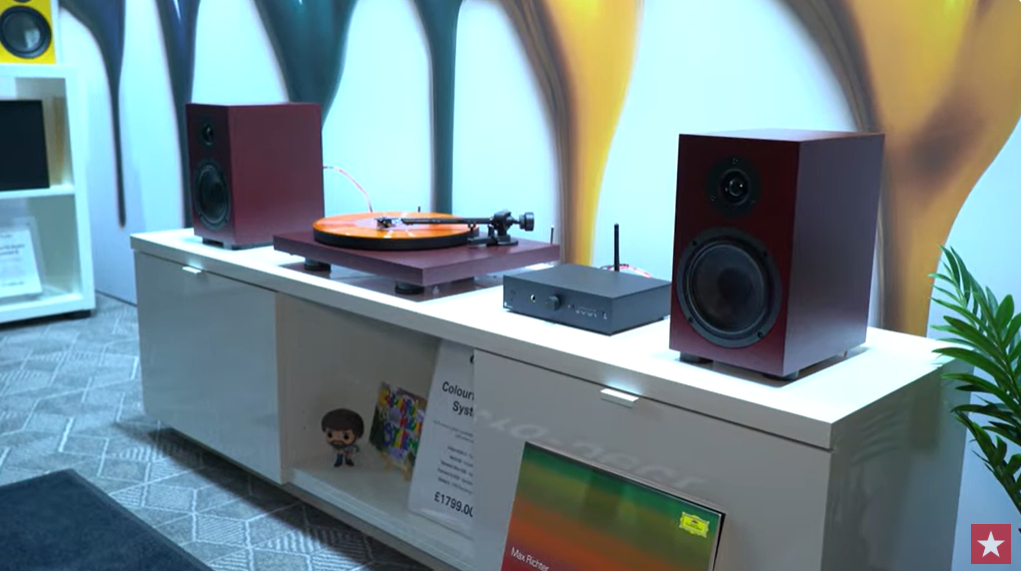
Pro-Ject is taking it another step further. Recognising that people want a proper turntable, but many not know all the elements you need in a system to play a record (e.g. a phono stage, an amplifier), it puts everything you need in just one box.
The Pro-Ject Colourful Audio System E and step-up Colourful Audio System 2 provide you with a turntable, a super compact amplifier (that includes phono stage, analogue and digital inputs, even Bluetooth) and a pair of bookshelf speakers, including all the cables needed to hook everything up and get music playing.
Like WiiM and Ruark, the components in this complete Pro-Ject system aren't the full-width size of traditional separates; apart from the turntable, they're fairly compact and easy to fit on most furniture. That they come in a variety of matching, fetching shades is attractive, too.
This means your new customer can have a hi-fi system ready to go from unpacking just one box – without needing to visit a shop, Google for additional components or put in an Amazon order for anything missing.
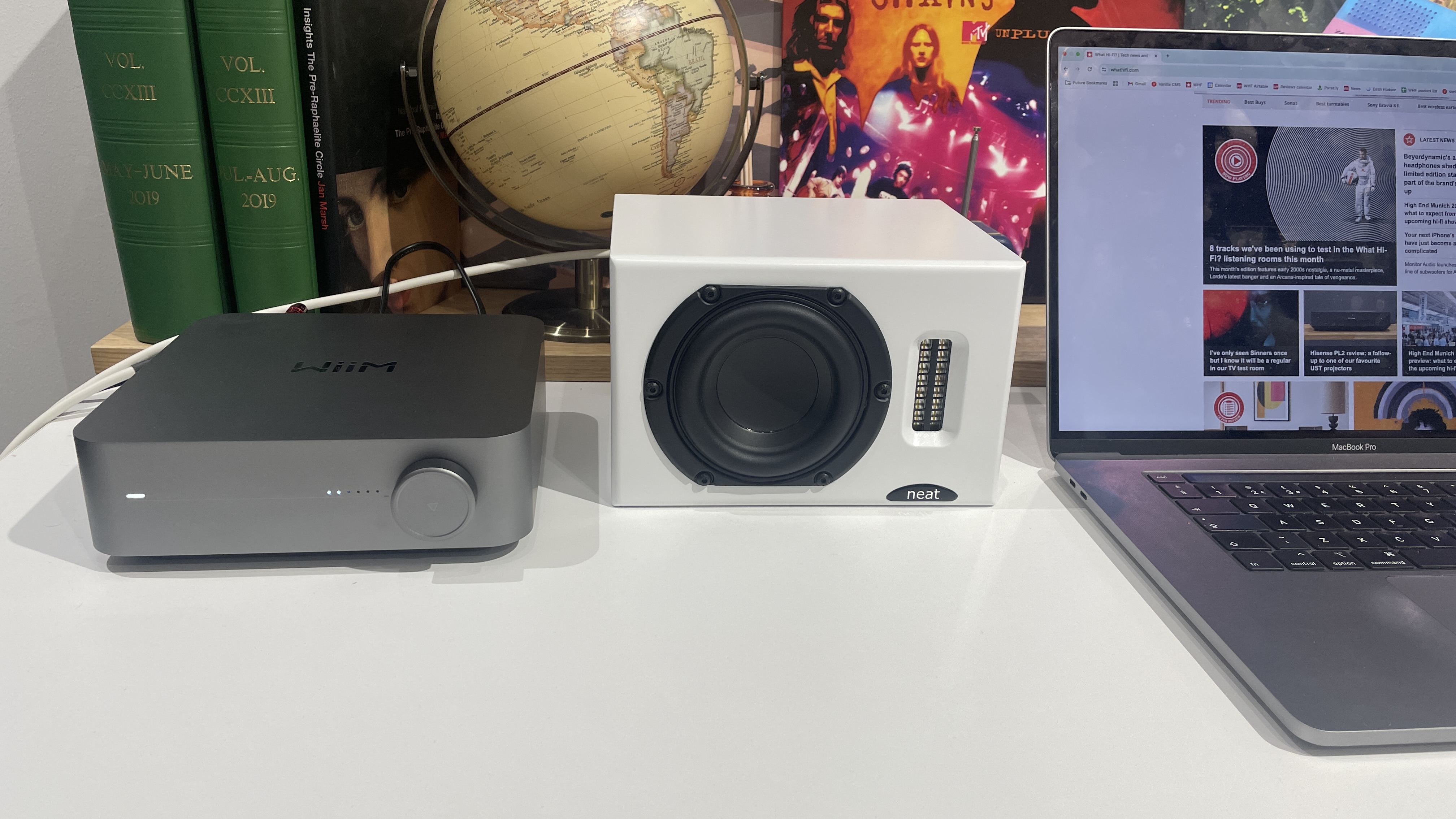
It's a neat and appealing proposition; much more so for many of the younger generation, who likely won't have ever set foot in a hi-fi shop, or find it a bit daunting. There can be an element of gatekeeping or the need for you to know a system's technical specifications by heart when stepping into the world of hi-fi – but really, the main aim is to listen to and enjoy music, isn't it?
If we as an industry – one which still very much loves and cares for this particular hobby of ours – want the younger generation to get involved and appreciate just how amazing music can sound on great-quality kit, why not make that introduction to 'proper' hi-fi more welcoming and easier to access?
And once they're hooked in, well... we know it's all uphill from there.
MORE:
High End Munich 2025 preview: what to expect from the upcoming hi-fi show
Best hi-fi systems: CD, vinyl and streaming music players for the home

Kashfia is the Hi-Fi and Audio Editor of What Hi-Fi? and first joined the brand 13 years ago. During her time in the consumer tech industry, she has reviewed hundreds of products (including speakers, amplifiers, turntables and headphones), been to countless trade shows across the world and fallen in love with hi-fi kit much bigger than her. In her spare time, Kash can be found tending to an ever-growing houseplant collection and shooing her cat Jolene away from spinning records.
You must confirm your public display name before commenting
Please logout and then login again, you will then be prompted to enter your display name.
